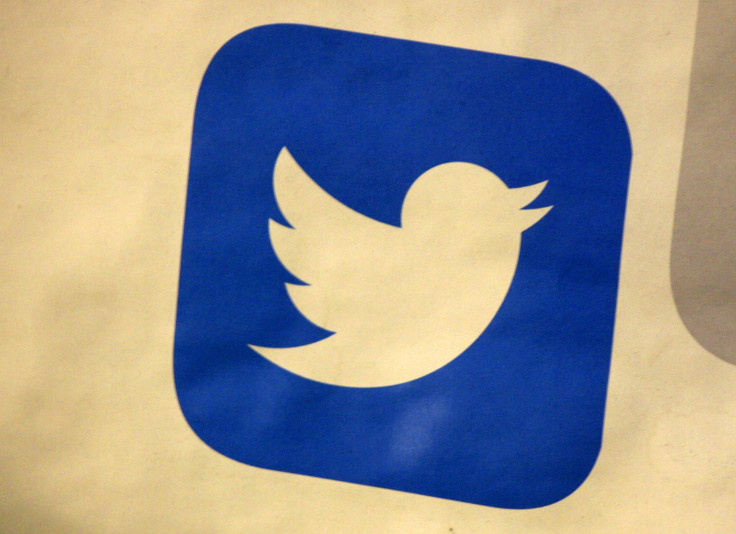Twitter Gives Real-Time Insights Into Migraine Headaches

New research shows that Twitter may be a valuable tool for estimating the everyday burden of migraine among U.S. patients, adding yet another example of how social media can improve the health care landscape.
Dr. Alexandre DaSilva, senior author and director of the Headache and Orofacial Pain Effort at the University of Michigan, said that the findings show how the microblogging service offers physicians and researchers unique data on individual patients. "As technology and language evolve, so does the way we share our suffering," he explained in a press release. "It's the first known study to show the instant and broad impact of migraine attacks on modern patients' lives by decoding manually each one of their individual attack-related tweets."
To investigate, DaSilva and colleagues worked with 50 students and residents to catalogue nearly 22,000 tweets mentioning migraine headaches. After eliminating advertisement and metaphor, the team analyzed the meaning of each tweet. "We sought to evaluate the instant expression of actual self-reported migraine attacks in social media," DaSilva said.
The findings, which are published in the Journal of Medical Internet Research, suggest that Twitter can complement traditional epidemiologic migraine studies by shedding light on individual patients, attack characteristics, and “real-time” symptoms. For example, the team saw that global migraine tweets peaked on Mondays at 10 a.m. ET; that roughly 44 percent reported that migraine immediately impacted mood; and that female sufferers accounted for nearly three-fourths of the tweets.
In addition, the data showed 60 percent of all migraine tweets came from the U.S., where activity peaked at 9 a.m. and 8 p.m. on weekdays. Europe came in second, with 20 percent of all tweets.
Migraines currently affect about 12 percent of the U.S. population. Aside from severe headache, symptoms typically include nausea, light sensitivity, and fatigue. Complications are often triggered by anxiety, stress, lack of food or sleep, exposure to light, as well as hormonal changes.
“The data in this study overlap large-scale epidemiological studies, avoiding memory bias and experimenter-induced error,” the researchers wrote in their conclusion. “In summary, this study reveals the modern characteristics and broad impact of migraine headache suffering on patients’ lives as it is spontaneously shared via social media.”
Source: Nascimento T, DosSantos M, DaSilva A, et al. Real-Time Sharing and Expression of Migraine Headache Suffering on Twitter: A Cross-Sectional Infodemiology Study. Journal of Medical Internet Research. 2014.



























